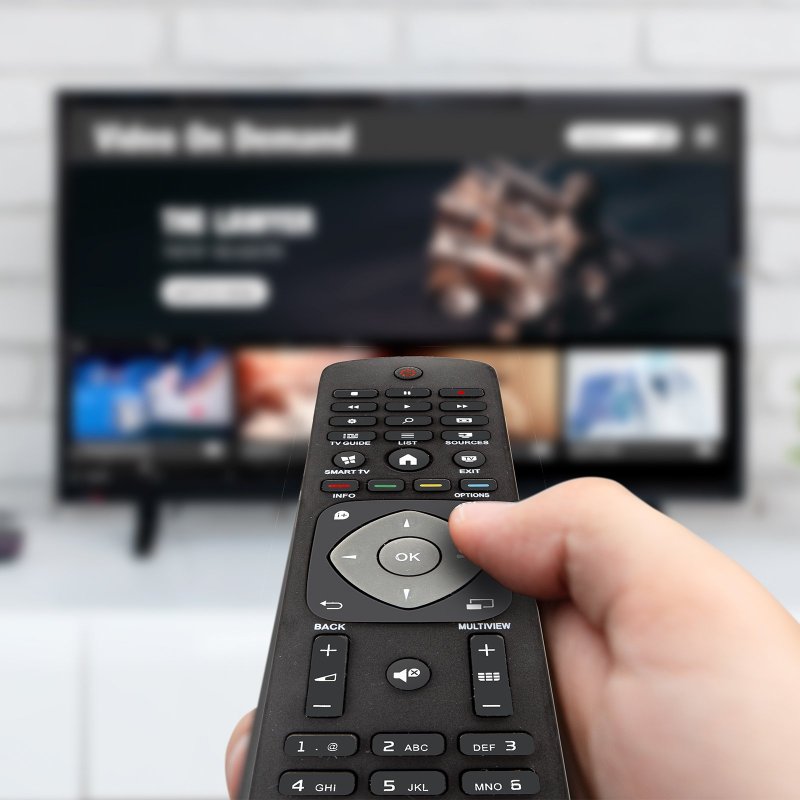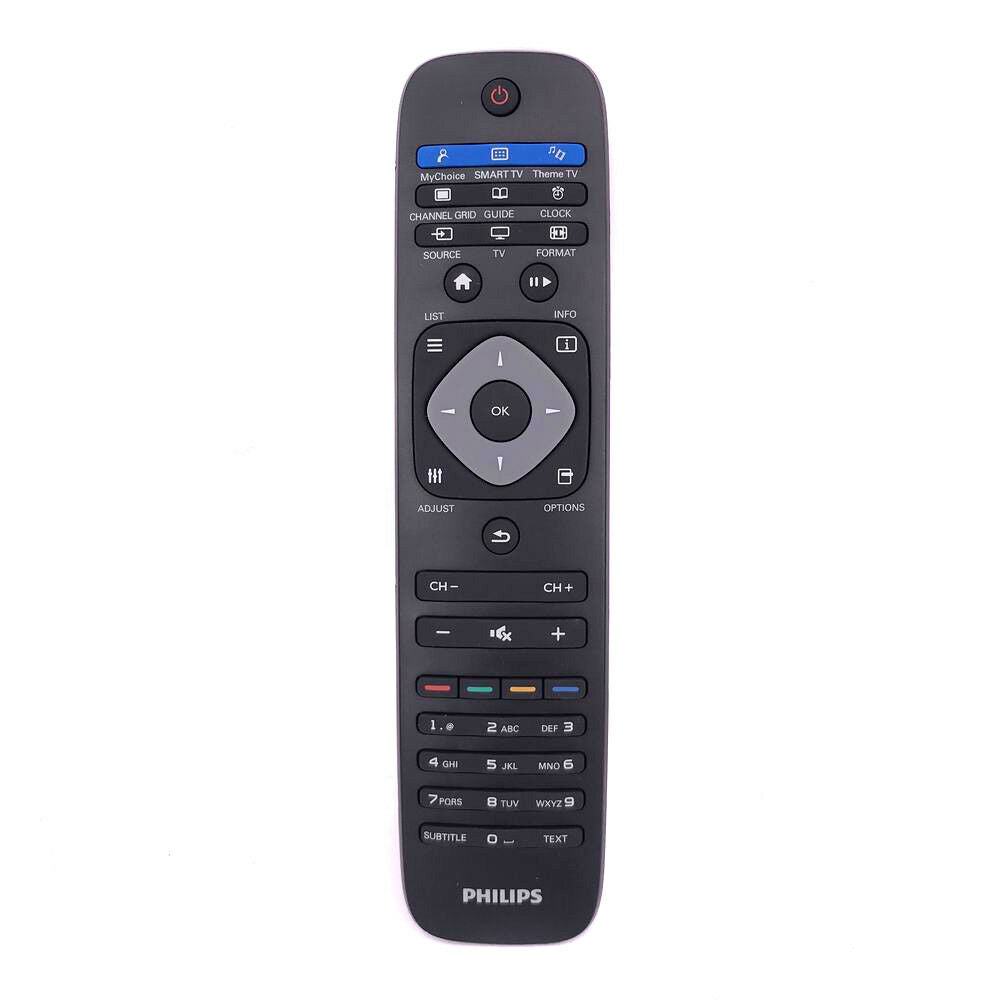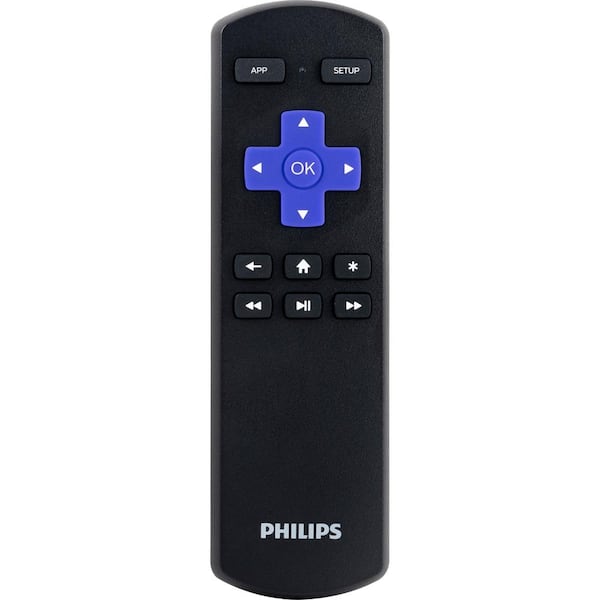Philips Smart TVs offer innovative features to enhance your viewing experience. These features often rely heavily on the accompanying remote control. However, users can occasionally face problems with the remote control. If your Philips Smart TV remote is not working, it can be frustrating. Fortunately, several common issues usually cause this problem, and understanding them can lead you to a quick resolution. In this article, we will explore various aspects of remote control issues, troubleshooting steps, and potential solutions.
Understanding the Philips Smart TV Remote
The Philips Smart TV remote is designed for easy navigation and control of your television. With buttons for changing channels, adjusting volume, and accessing smart features, it simplifies your viewing experience. However, just like any electronic device, remote controls can malfunction for various reasons. Understanding how this remote operates can help users troubleshoot more effectively.
Common Features of the Philips Smart TV Remote
The remote has a few key features that make it easy to use. The layout typically includes buttons for power, volume, channel selection, and specialized buttons for streaming services. A navigation pad helps users scroll through menus and options effortlessly. Many models even have a dedicated button for voice control, which allows for hands-free operation. These features enhance the smart viewing experience, and users often rely on the remote to access various functionalities seamlessly.
The Importance of Remote Control Functionality
A well-functioning remote is essential for enjoying your Philips Smart TV. If the remote fails, you can’t easily navigate through menus or access your favorite shows. This limitation can lead to a subpar viewing experience. Additionally, many Philips Smart TVs are integrated with streaming services, making the remote’s functionality even more crucial. Whether you’re watching a movie, a series, or live television, having a remote control that fails can disrupt your plans.
Common Reasons for Remote Malfunction
When your Philips Smart TV remote stops working, it could be due to multiple factors. Understanding these reasons helps identify the cause of the issue. Here are some of the most common reasons for remote malfunction:
Dead Batteries
The most straightforward reason for a non-functioning remote is dead batteries. If the remote does not respond, it may simply need a battery change. Over time, batteries deplete, and when they do, the remote control ceases to operate. Testing and replacing the batteries is often the first step in troubleshooting.
Sensor Issues
Sometimes, the issue may lie with the TV’s sensor rather than the remote itself. The TV sensor receives signals from the remote. If something is blocking this sensor, or if it malfunctions, the remote will not work. Clear any obstructions to the sensor and ensure it is clean and free from dust or debris.
Remote Pairing Problems
Philips Smart TVs often come with pairing features that connect the remote with the TV. Over time, this connection can degrade or become interrupted. If the remote doesn’t seem to work, it may not be properly paired with the TV. In this case, re-establishing the connection can solve the problem.
Software Issues
Your TV’s software may also create issues for the remote control’s functionality. Outdated software can result in discrepancies between what you expect from the remote and what the TV recognizes. Keeping your software up to date ensures better compatibility with remote control features.
How to Troubleshoot Your Philips Smart TV Remote
If your Philips Smart TV remote is not working, don’t worry. Many simple troubleshooting steps can resolve most issues. Following these guidelines may help you get your remote back in working order without needing professional help.
Check the Batteries
Start by checking the batteries in the remote control. Open the battery compartment and remove the old batteries carefully. Examine them for corrosion or leakage, which could create issues. Insert fresh batteries, ensuring that they are in the correct orientation based on the “+” and “-” symbols. This step is often simple to execute yet can resolve many issues.
Inspect the TV Sensor
Next, examine the sensor on the TV. Make sure nothing is blocking it. You can also gently wipe it with a soft cloth to eliminate any possible dirt. If there are any objects in front of the TV, remove them. Test the remote afterward to see if it works properly.
Re-pair the Remote
If the remote seems to be fine but still doesn’t work, try re-pairing it with the TV. To do this, turn on your TV and follow the manufacturer’s instructions specific to your model. Usually, it involves pressing a particular button combination on the remote while pointing it toward the TV.
Update the Software
Lastly, check your TV’s software version. Navigate through the TV’s settings to find software updates. If an update is available, download and install it. Restart the TV afterward and try the remote again. An updated system often resolves many compatibility issues, offering greater functionality and performance.
Advanced Troubleshooting Techniques
If simple troubleshooting steps do not work, consider more advanced options. Certain underlying issues may require deeper investigation. Here are some advanced techniques you can try to identify and fix remote control problems.
Factory Reset Your Philips Smart TV
A factory reset returns the TV to its original settings and may resolve persistent issues. However, remember that this step will erase all your settings and preferences. Before proceeding, back up any essential information if possible. To perform a factory reset, go to your TV settings and navigate to the system or support section. Follow the prompts to reset the TV. Once the reset is complete, try using the remote again.
Contact Philips Customer Support
If all other measures fail, consider contacting Philips customer support. Their trained representatives can troubleshoot the issue further and provide expert guidance. Be prepared to provide details about your model and describe the problem clearly. They may suggest sending the remote in for repairs or even replacing it altogether if it’s determined to be defective.
Check for Interference from Other Devices
Electronic devices can sometimes interfere with the remote control’s signals. If you have other wireless devices nearby, turn them off temporarily. These devices could include Wi-Fi routers, Bluetooth devices, or even certain lighting fixtures. After disconnecting them, test the remote to see if it works. If it does, reintroduce the other devices one by one to pinpoint the source of the interference.
Use a Universal Remote
If you cannot resolve the issue with your Philips Smart TV remote, consider using a universal remote as a temporary solution. Universal remotes are widely available and can control various devices. Follow their instructions to set them up with your Philips Smart TV. This temporary solution can be convenient while you look for a permanent fix.
Maintaining Your Philips Smart TV Remote
Proper maintenance of your remote control can prevent future issues and extend its lifespan. Neglecting care may lead to problems that can disrupt your viewing experience again. Here are some essential maintenance tips for keeping your Philips Smart TV remote in good working condition.
Regularly Replace Batteries
Make it a habit to replace batteries regularly, even if the remote seems to be working well. Over time, batteries lose their capacity, affecting remote performance. Keeping spare batteries on hand can prepare you for quick replacements. It’s a proactive step that can save you from sudden disruptions while enjoying your favorite shows.
Keep It Clean
Dust and debris can accumulate on the remote, leading to problems with button responsiveness. Regularly clean the remote and its buttons with a damp cloth. Ensure you do not get moisture into the controls. For deeper cleaning, consider using compressed air to blow out debris trapped between the buttons. Keeping the remote clean can enhance its longevity.
Store the Remote Properly
When not in use, store the remote control securely. Avoid placing it on surfaces where it can fall or become damaged. Use a designated spot for the remote, ensuring it’s always easy to find. A simple storage solution can prevent accidental losses or damage.
Avoid Excessive Force
Whenever pressing the remote buttons, do so gently. Using excessive force can damage the internals, leading to longer-term issues. Children and pets should also be monitored to prevent accidental damage.
Conclusion
In summary, if your Philips Smart TV remote is not working, various simple solutions can often resolve the issue. By understanding the functionalities and potential issues, you can troubleshoot effectively. Start by checking the batteries, inspecting the TV sensor, and re-pairing the remote. If simple fixes do not work, consider advanced troubleshooting techniques like factory resets and customer support.
Additionally, regularly maintain your remote control to prevent future problems. By following these strategies, you can ensure that your Philips Smart TV provides the optimal viewing experience it is designed for, allowing you to enjoy your favorite shows and movies uninterrupted. With proper care and troubleshooting knowledge, a non-working remote doesn’t have to ruin your entertainment plans.



